The firm is now installing the first prefabricated nuclear-grade concrete segments of the 38,000 needed to support the three underground marine tunnels.
Tunnelling at up to 33m below the Bristol Channel seabed, once complete the tunnels will have the capacity to transfer 120,000 litres of water per second.
The first machine – named Mary in honour of Dorset fossil-finder Mary Anning – can achieve a maximum speed of 120mm per minute, excavating 11 tonnes of rock in that time.

The 1,200 tonne machine will be run by 12 operators including a pilot, with supporting teams at the surface.
Alistair Geddes, Balfour Beatty project director, said: “Having installed the first permanent segment ahead of schedule, this milestone is testament to Balfour Beatty’s expertise and to the collaborative approach required to deliver a project of this scale and complexity.”
Rob Jordan, Hinkley Point C Construction Director said: “The start of tunnelling at Hinkley Point C represents a hidden but vitally important milestone in the construction of the UK’s first new nuclear power station in a generation.
“Delivered to schedule, this achievement underlines the continued progress being made to ensure that Hinkley Point C will be ready to supply the UK with the reliable low carbon electricity that it needs to combat climate change.”
Balfour Beatty is contracted to three major packages of works at Hinkley Point C.
It was first appointed to deliver the electrical works package in a joint venture in 2015, the tunnelling and marine package in 2017 and most recently the 400kV overhead line project on behalf of National Grid in 2019.
















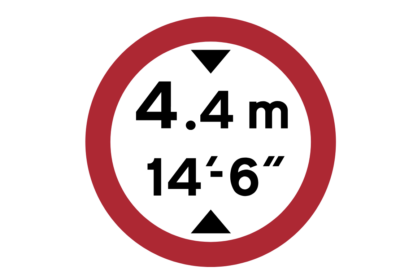

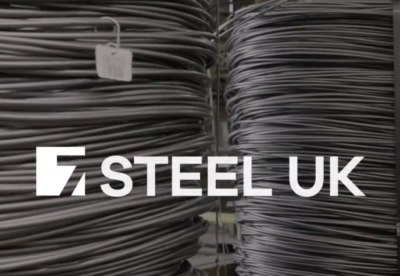

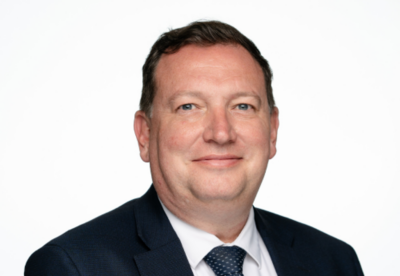


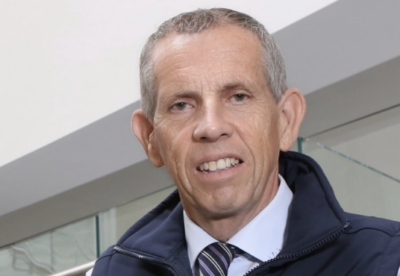
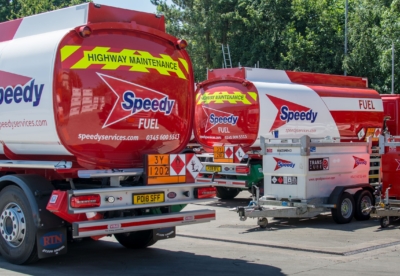






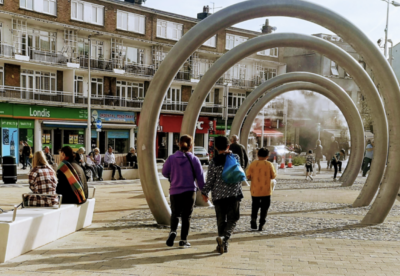

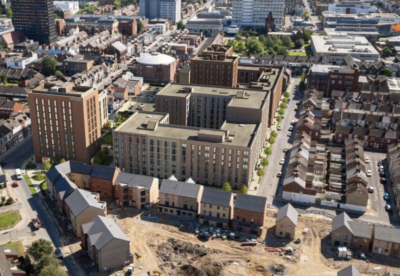



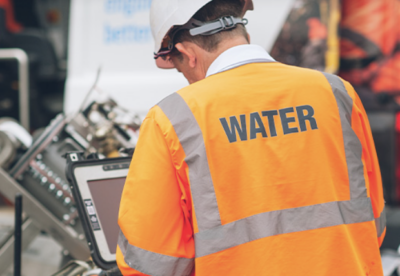



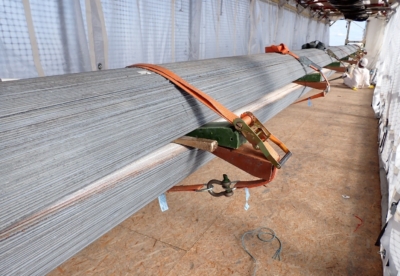




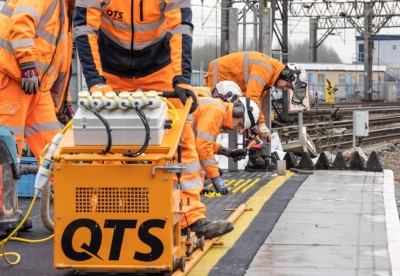

.gif)





 (300 x 250 px).jpg)